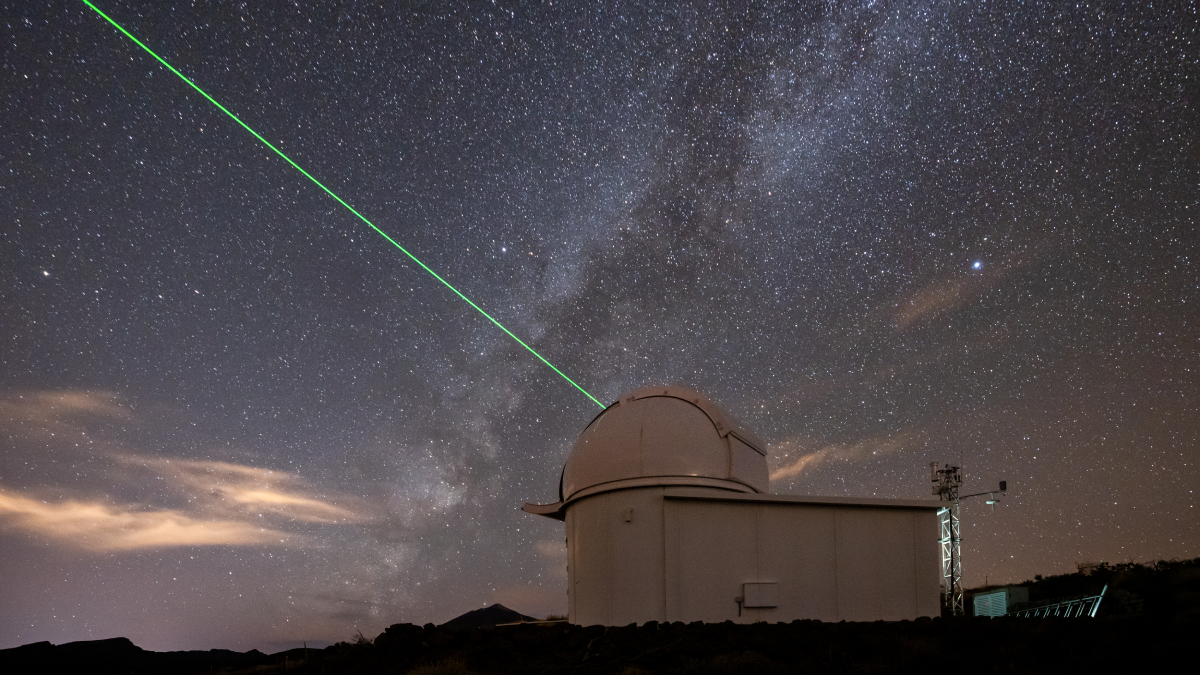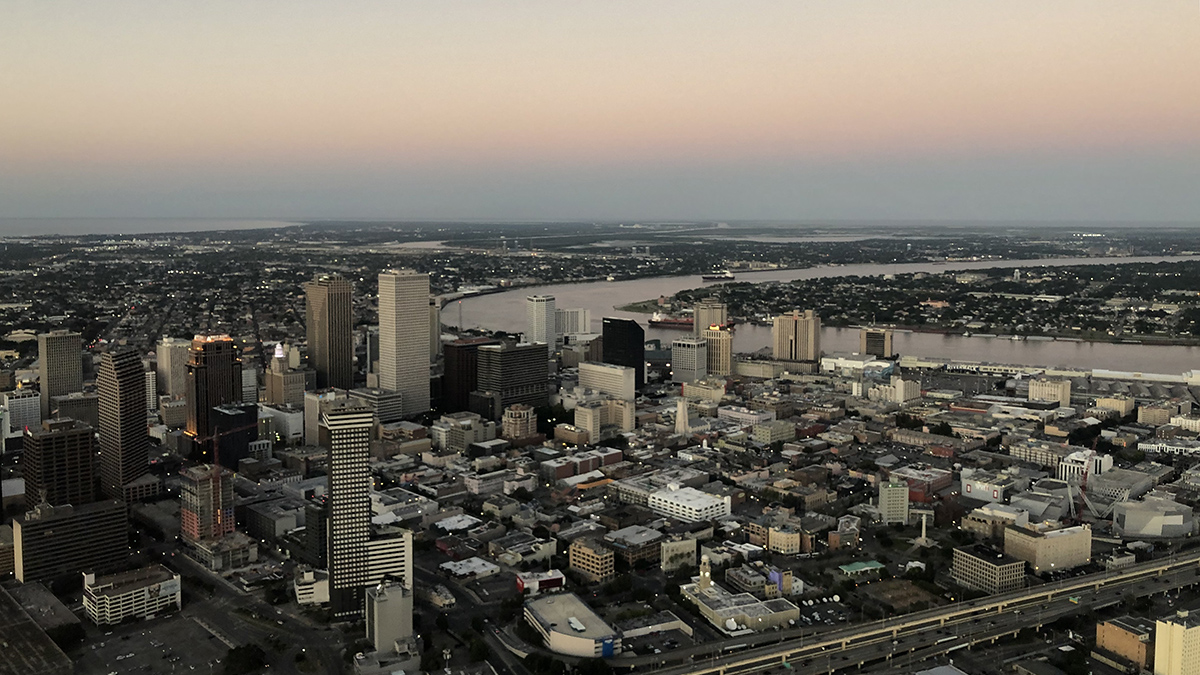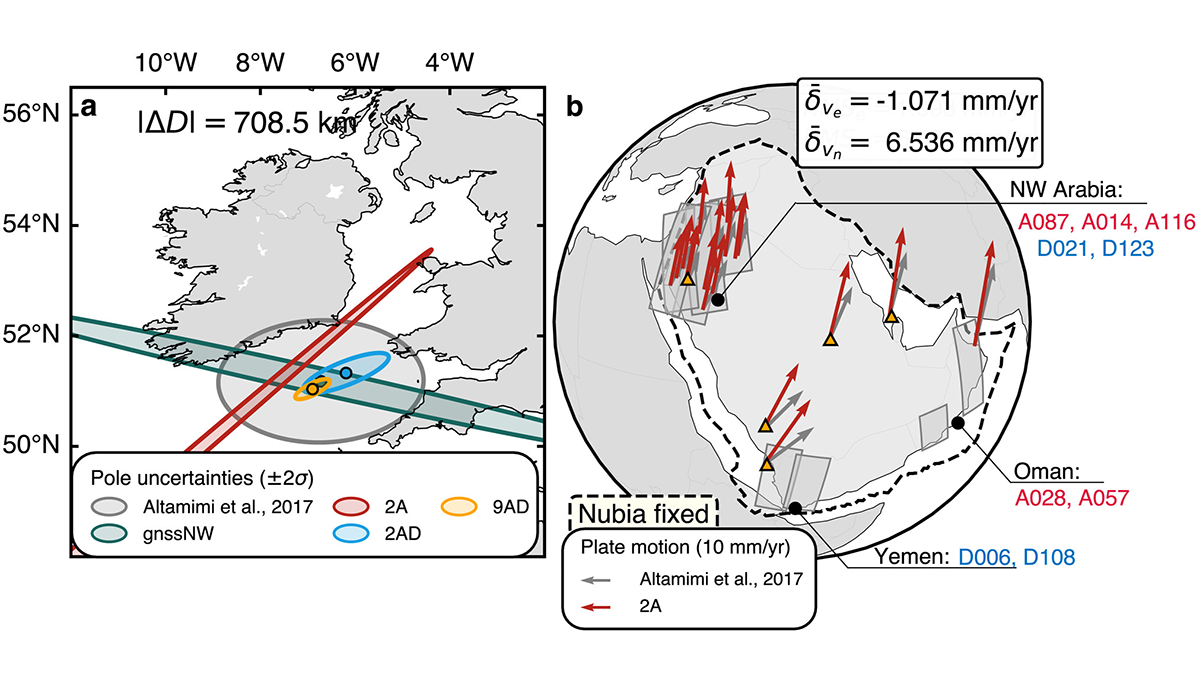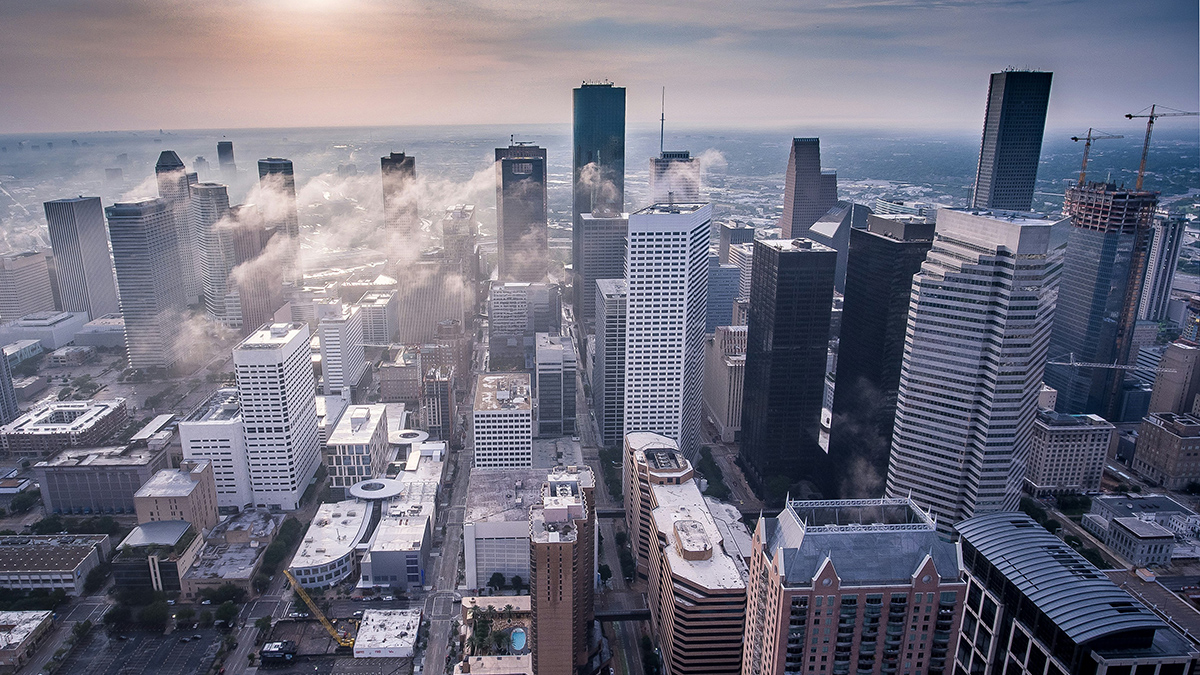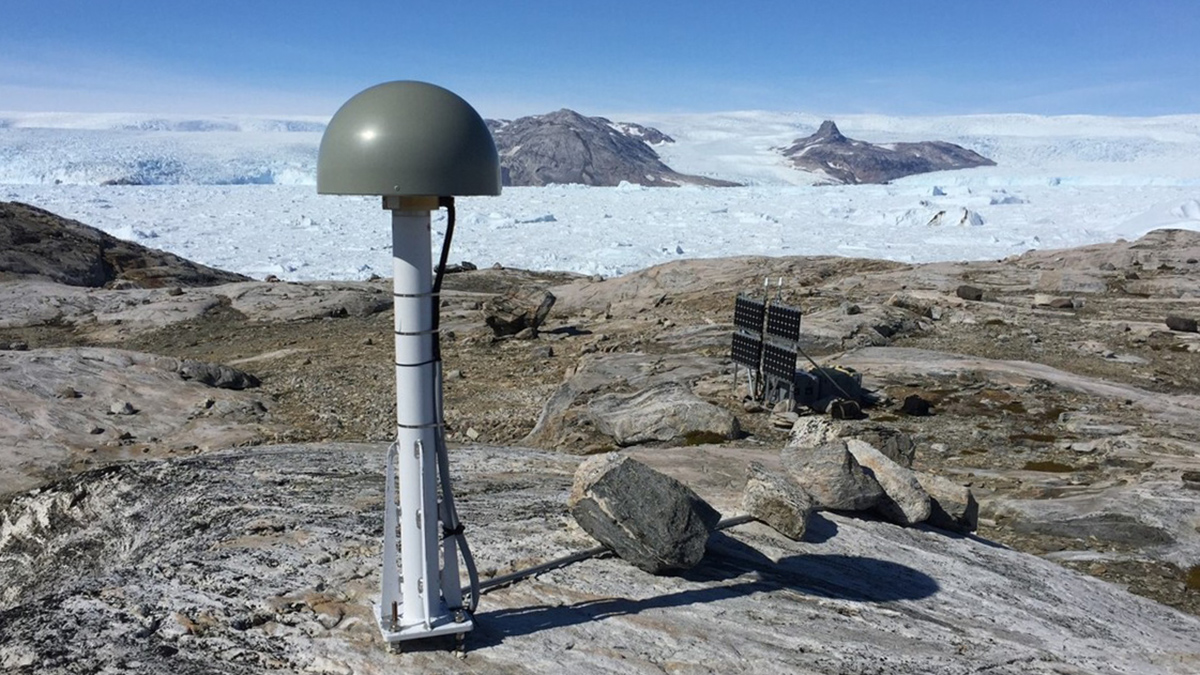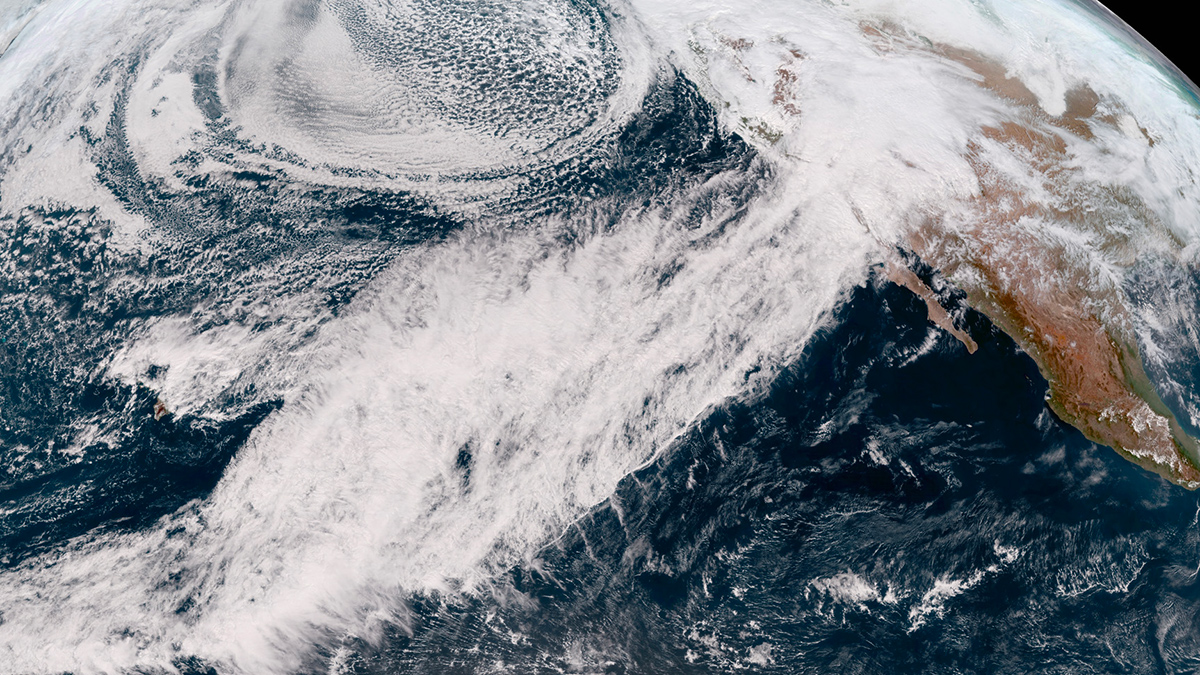The remarkable agreement between the two techniques shows how scientists can bolster state-of-the-art gravimetry instruments with old-guard altimetry satellites.
geodesy
Parts of New Orleans Are Sinking
Areas near the airport, along floodwalls, and in nearby wetlands are subsiding because of a combination of natural and anthropogenic forces.
Mapping the Whereabouts of Continents
A new method integrates Interferometric Synthetic Aperture Radar (InSAR) with conventional ground geodetic networks, taking us closer to high-resolution mapping of plate motions.
33.8 Million People in the United States Live on Sinking Land
The most populated cities in the country are slowly subsiding, posing risks to infrastructure and exacerbating flooding—and not just on the coasts.
Observing Magma-Induced Seismic Velocity Changes with Fiber-Optics
A new high-resolution method for tracking volcanic activity utilizes fiber-optic sensing to detect magma intrusion by measuring seismic velocity changes.
Greenland Ice Sheet Stores Hidden Water Throughout the Melt Season
A new method uses stations around Greenland’s coast to measure how much meltwater weighs down the bedrock beneath the ice, improving our understanding of its contribution to sea level rise.
California Storms Recharged Watersheds, Geodesy Data Reveal
The atmospheric rivers that soaked the state in early 2023 released enough water to warp the ground and douse a deep drought.
Core Movements Could Be Causing Tiny Shifts in Earth’s Spin Speed
Researchers use ancient eclipse data and new machine learning techniques to understand what processes changed the length of Earth’s days over the past 3,000 years.
120 Years of Geodetic Data on Kīlauea’s Décollement
A new study explores the deformation and stress changes of Kīlauea’s décollement from 1898 to 2018 by collating an unprecedented 120 years of geodetic data.
Mantle Upwelling May Have Triggered Morocco Earthquake
Researchers glean new information about the deep origins of a deadly event.

